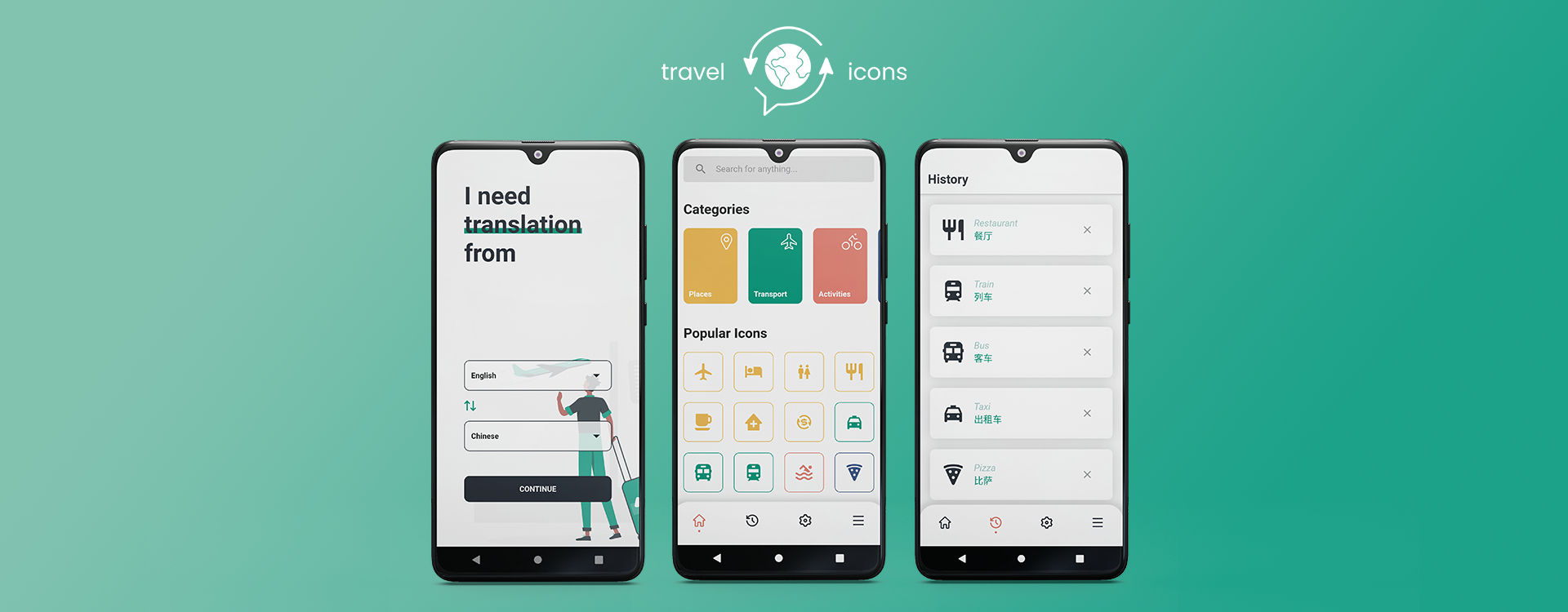In an earlier blog, we looked at the definition and benefits of a Minimum Viable Product (MVP). Now you know your custom software project needs an MVP, we look at how to build a minimum viable product to ensure success. Here are our top 6 tips to guarantee you get the most bang for your buck.
- Know whose problem your MVP solves.
If the point of an MVP is to give you the opportunity to learn from your customers, it helps to be very clear about who those customers are. Building customer personas will allow you to get inside the minds of potential customers and to identify people who can be your early adopters and give you feedback for your MVP. You should have a list of people who have agreed to use the application before you even start to build the product. Time and energy spent on this task will reward you handsomely later in the build process. The more people you can identify and have ready, the better the outcome for your project.
Ask yourself these questions. Can I get feedback even before I write the first line of code? Would a drawing on a piece of paper, or even just a chat allow you to get meaningful feedback from a potential customer? The earlier you can involve real customers, the more likely you are to produce a product that offers them real value. These conversations can give you a massive head start in building up future users and evangelists for your application. - Be clear on which problems are worth solving in your MVP.
What are the things that your customers value most? What features will let you learn the most about your customers’ needs? List the essential features and prioritize them. Try to be as customer-centric as you can through this process. Keep those high value features at the top of your list, and focus your efforts on building these well.
You need to be tough with this list. What can your application absolutely not function without? In particular, no “nice-to-haves” and no “bells-and-whistles.” Just the core functionality and no more. All other functionality can go into the backlog for future iterations. - Allocate a budget for your MVP, and be prepared to spend it.
Put a conservative maximum on the amount you are prepared to invest in your MVP. Once you have a budget, you can work out what features you’ll be able to complete within your budget. A well-prioritized feature list will give you clarity about what your MVP budget will be able to deliver. Be realistic, and work closely with your development partner to understand what is possible. - Build, test, learn, and repeat.
Your MVP should be built using the Agile methodology. Iterate and learn. Get real customer feedback and incorporate that feedback as soon as you can, and as often as you can. Launch fast, launch often, and fail fast. Your development team should live Agile and so building an iterative MVP should be an integral part of their custom software development approach. - Honestly and fully communicate with your customers/users.
Your customers probably understand the concept of an MVP. Still, explain what you are doing and make them feel like they are a part of the process. Many people love to feel like they are getting into the next big thing early. Use this to build a groundswell of support. Customers that are invested in a product from the early days and who can see a progression can become passionate advocates for your product. The long term involvement gives them a feeling of investment in the product.
In conclusion.
How to build your MVP is key knowledge for the success of your project. Investment in a quality Minimum Viable Product will pay for itself many times over in the life of your project. Following these six recommendations will ensure that your MVP gives you the insights to deliver the best product that you possibly can. Seeing customers getting value from your product is energizing for your team, your partners, and your customers. The result is that the energy added to the laser-like focus that comes from a well-executed MVP will position your project for the best possible chance of success.







